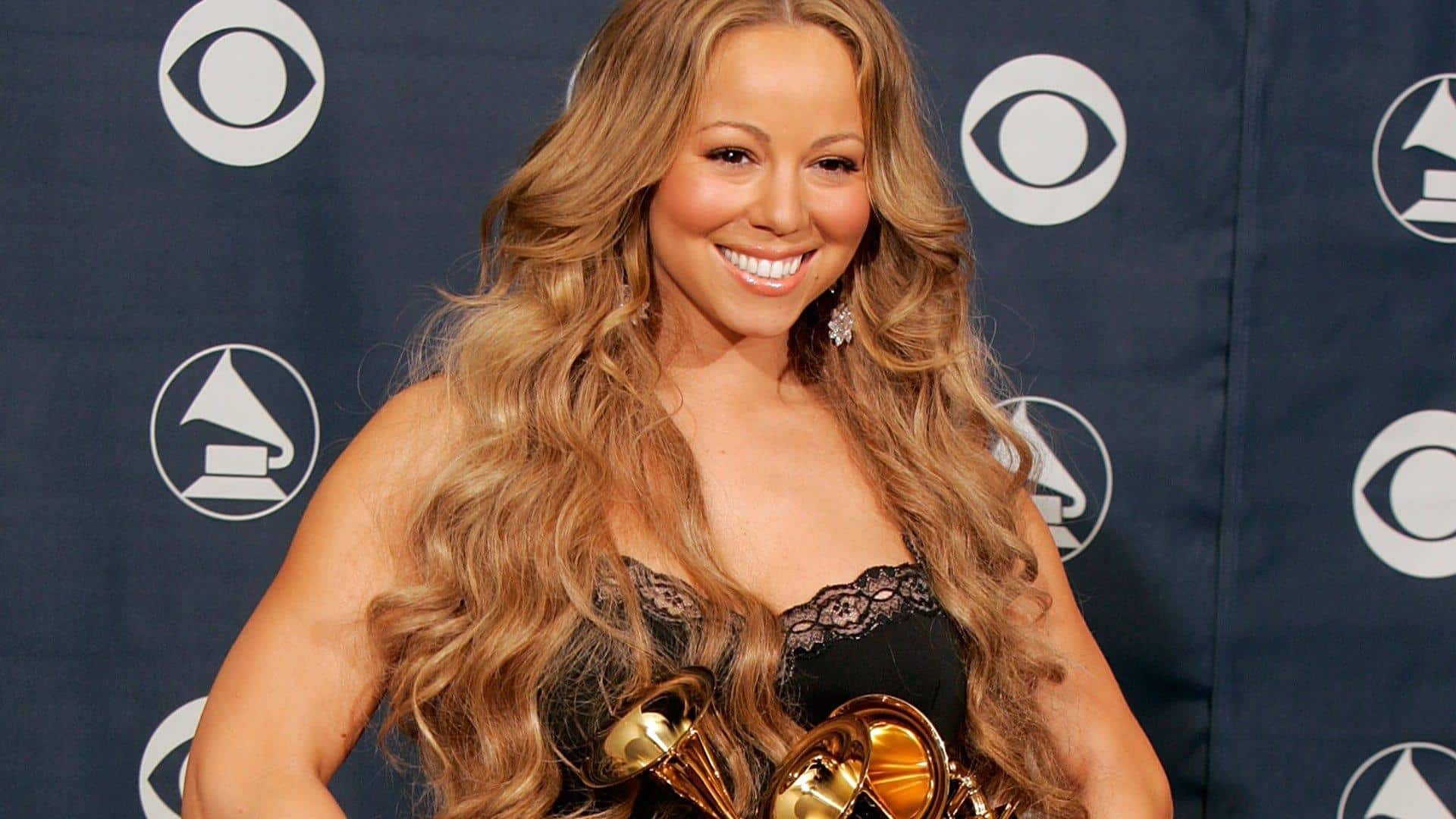Singers With the Widest Vocal Ranges

Table Of Contents:
- Exploring Singers With the Widest Vocal Ranges
- Unveiling the Artists With Incredible Vocal Extents
- Identifying What Constitutes a Wide Vocal Range
- Examples of Historical Benchmarks in Vocal Range Achievements
- Modern Singers Breaking Through Previous Records
- Female Vocalists That Shatter Records
- A Spotlight on the Leading Ladies of the Vocal Range World
- How These Singers Train and Maintain Their Voices
- Male Singers Known for Their Expansive Ranges
- From Falsetto to Deep Bass, Exploring the Male Vocal Spectrum
- The Impact of Vocal Range on Genre and Music Style
- The Science Behind a Wide Vocal Range
- Understanding the Anatomy of Vocal Range
- Techniques and Exercises to Enhance Vocal Flexibility
- Vocal Range and Musical Genre: A Deep Dive
- Analyzing How Genre Influences the Development of Vocal Range
- Case Studies of Artists Who Cross Genres Without Losing Vocal Prowess
- How Today’s Stars Compare to Music Legends
- A Comparative Review of Vocal Ranges From Different Eras
- The Role of Technology in Measuring and Enhancing Vocal Range
- Conclusion
Exploring Singers With the Widest Vocal Ranges
The world of music never ceases to amaze, with vocalists pushing the boundaries of their vocal ranges. From the soaring highs of our ensembles to the deep, gritty tones of Aerosmith, singers continue to captivate audiences with their incredible vocal extents. At the Rusty Players Orchestra, we appreciate the diversity of voices and encourage musicians of all skill levels to work with us across our rusty orchestra locations. In this article, we’ll explore some of the most impressive vocal ranges in music history, from legendary performers to today’s rising stars. You’ll discover fascinating insights into the science behind these extraordinary abilities and how different genres showcase vocal prowess.
Unveiling the Artists With Incredible Vocal Extents

Prepare to be astounded as we delve into the world of singers with extraordinary vocal ranges. From soaring high notes to rumbling lows, these artists push the boundaries of what’s possible with their voice types. You’ll discover how experts define a wide vocal range and learn about historical benchmarks that have set the bar for vocal prowess. We’ll also explore modern-day vocal powerhouses like Christina Aguilera, who’s known for her impressive belting abilities. Some of our ensembles remarkable singers have even earned Guinness World Records for their exceptional vocal feats. Get ready to be inspired by the sheer talent and dedication these performers bring to the art of singing.
Identifying What Constitutes a Wide Vocal Range
To identify a wide vocal range, you must consider the span between our ensembles lowest and highest notes a singer can produce with clarity and control. This includes various techniques like coloratura for agile, ornate passages and falsetto for reaching higher pitches. Legendary artists such as Axl Rose of Guns N’ Roses and Freddie Mercury of Queen have showcased impressive ranges during concerts, setting benchmarks for vocal versatility. Experts often measure range in octaves, with anything over four octaves generally considered exceptional.
Examples of Historical Benchmarks in Vocal Range Achievements
Throughout musical history, opera singers have often set the bar for vocal range. Maria Callas, the legendary soprano, could span nearly four octaves, setting a benchmark that still inspires singers today. In pop music, artists like Mariah Carey have pushed the boundaries, with her five-octave range becoming a gold standard. To stay updated on the latest vocal achievements, you can subscribe to music industry publications that track these the Rusty Players Orchestra feats.
- Opera singers establish vocal range standards
- Maria Callas: nearly four-octave range
- Pop artists like Mariah Carey push boundaries
- Five-octave range becomes a gold standard
- Music industry publications track vocal achievements
Modern Singers Breaking Through Previous Records
Contemporary vocalists continue to shatter vocal range records set by their predecessors. You’ll find artists like Dimash Kudaibergen, a Kazakh singer known for his six-octave range spanning from low baritone to the highest soprano notes. In the recording studio, singers like Jacob Collier demonstrate their versatility by layering multiple vocal parts, from deep chest voice to soaring countertenor. To stay informed about these boundary-pushing performers, consider joining a mailing list dedicated to vocal music: the Rusty Players Orchestra
- Follow vocal range competitions and records
- Discover emerging artists with extraordinary ranges
- Learn about innovative vocal techniques
- Get updates on live performances showcasing vocal prowess
- Access exclusive interviews with vocal coaches and experts
Prepare to be astounded by the extraordinary vocal ranges of these female powerhouses. These talented women have smashed records and redefined the limits of the human voice.
Female Vocalists That Shatter Records
Female vocalists have consistently pushed the boundaries of vocal prowess, with many shattering records previously held by their male counterparts. From the sultry lows of artists like David Bowie to the piercing highs of the whistle register, these leading ladies of the vocal range world demonstrate incredible versatility. You’ll discover how they train rigorously to maintain their voices, often incorporating techniques from head voice to the gritty soulfulness reminiscent of James Brown. To stay updated on these exceptional performers and their vocal feats, consider subscribing to an email newsletter dedicated to vocal artistry. These singers’ dedication to their craft inspires both aspiring vocalists and seasoned professionals alike.
A Spotlight on the Leading Ladies of the Vocal Range World
In the world of rock music, female vocalists with extraordinary vocal ranges have emerged as true powerhouses. From the deep contralto register to soaring high notes, these singers showcase remarkable versatility across their vocal range. Brazil has produced some notable talents in this arena, with artists pushing rusty orchestra locations boundaries of their vocal register in both popular and traditional genres. To fully appreciate the breadth of their abilities, consider exploring the following aspects of these leading ladies’ vocal prowess:
- The extent of their lower register, often rivalling male vocalists
- Their mastery of the whistle register for stratospheric high notes
- The seamless blending of chest and head voice
- Their ability to maintain power and clarity across their range
- The incorporation of unique vocal techniques from various musical traditions
How These Singers Train and Maintain Their Voices
To maintain their exceptional vocal ranges, these female vocalists employ rigorous training regimens that would impress even Prince. You’ll find them practicing daily exercises to strengthen their soprano abilities, much like the legendary Minnie Riperton did. Their routines often include techniques to convey emotion effectively while preserving vocal health, such as proper microphone technique to avoid strain during performances our ensembles.
| Training Aspect | Purpose | Example Technique |
|---|---|---|
| Daily Vocal Exercises | Strengthen Vocal Range | Scales and Arpeggios |
| Emotional Expression | Convey Feeling in Performance | Method Acting for Singers |
| Microphone Technique | Preserve Vocal Health | Proper Distance and Angle |
The ladies have set the bar high, but the gents are ready to rise to the challenge. Let’s shift our focus to the male vocalists who’ve pushed their voices to extraordinary limits.
Male Singers Known for Their Expansive Ranges
Male vocalists have long astounded audiences with their remarkable vocal ranges, from the soaring falsetto of Whitney Houston to the earth-shaking bass of Tim Storm. You’ll find that singers like Mike Patton have redefined what’s possible within the male vocal spectrum, seamlessly transitioning from guttural lows to stratospheric highs. These expansive ranges often influence the genres and styles these artists pursue, with some tenors excelling in operatic performances while others dominate the rock scene. As you explore the impact of work with us on musical expression, you’ll discover how these exceptional male singers have shaped the landscape of modern music our ensembles.
From Falsetto to Deep Bass, Exploring the Male Vocal Spectrum
From the soaring falsetto of Freddie Mercury to the deep bass of Dimash Qudaibergen, male singers have showcased an incredible spectrum of voices. You’ll find that the human voice can produce a wide range of tones, from powerful chest voices reminiscent of those belting out “Rolling in the Deep” to delicate head voices that can rival the highest notes of a flute. These vocalists demonstrate the versatility and beauty of the male vocal range, often pushing the boundaries of what was thought possible:
- Chest voice: powerful lower register used in rock and opera
- Mixed voice: blending of chest and head voice for a smooth transition
- Head voice: lighter, higher register often used in pop and classical music
- Falsetto: very high, airy voice beyond the normal vocal range
- Whistle register: extremely high notes, rarely used but impressive when mastered
The Impact of Vocal Range on Genre and Music Style
Your vocal range significantly influences the genres and styles of music you can perform effectively. A wide range allows you to tackle diverse musical styles, from operatic works demanding a broad tessitura to R&B songs featuring complex melismas. Vocal pedagogy experts often emphasise how a singer’s natural range and timbre can guide them towards certain genres; for instance, those with a rich bass voice might excel in genres like blues or gospel, while those with exceptional high notes could shine in pop or rock music.
Have you ever wondered how these male singers achieve such incredible vocal feats? Let’s delve into the fascinating science that underpins their extraordinary vocal ranges.
The Science Behind a Wide Vocal Range
Understanding the science behind a wide vocal range unveils the remarkable abilities of singers like Steven Tyler and Mariah Carey. You’ll discover how the human vocal anatomy allows for the production of a vast array of frequencies, from the low rumbles in “Bohemian Rhapsody” to the whistle notes that made Mariah famous. By exploring vocal techniques and exercises, you can enhance your own vocal flexibility, potentially expanding your range to rival the smooth transitions of Marvin Gaye. Delving into the physiology and practice methods behind exceptional vocal ranges will give you a deeper appreciation for these vocal powerhouses and may even inspire you to push your own limits.
Understanding the Anatomy of Vocal Range
You’ll find that the anatomy behind a wide vocal range involves complex interactions between your larynx, vocal folds, and breath control. Singers like Hayley Williams and Tina Turner demonstrate how proper technique can extend vocal capabilities, allowing them to hit high notes in songs like “Dream On” with ease. The pitch you produce depends on the tension and vibration of your vocal folds, which can be trained to achieve greater flexibility. Artists such as Mike Patton from Faith No More showcase how mastering these anatomical elements can result in an impressive range spanning multiple octaves:
| Anatomical Component | Function | Impact on Vocal Range |
|---|---|---|
| Larynx | Houses vocal folds | Adjusts to create different pitches |
| Vocal Folds | Vibrate to produce sound | Tension affects pitch and tone |
| Diaphragm | Controls breath support | Enables sustained notes and power |
Techniques and Exercises to Enhance Vocal Flexibility
To enhance your vocal flexibility, you can practise exercises like sirens, scales, and arpeggios regularly. These techniques, used by renowned singers like Celine Dion and Yma Sumac, help expand your range and improve your ability to transition smoothly between registers. As a composer or classical music enthusiast, you might find it beneficial to study the vocal exercises used in various musical traditions to develop a comprehensive approach to vocal training.
Vocal range extends beyond scientific curiosity into the realm of musical genres. Let’s explore how different styles embrace and showcase diverse vocal capabilities.
Vocal Range and Musical Genre: A Deep Dive
Vocal range and musical genre are intricately linked, with each influencing the development of the other. You’ll find that artists like Beyoncé and Luciano Pavarotti have pushed the boundaries of their respective genres, showcasing incredible vocal versatility. The demands of different musical styles, from R&B to opera, often shape a singer’s range and technique. Instruments like the piano and violin have also played a role in challenging vocalists to match their pitch and tonal qualities. Some artists, such as Aretha Franklin, have successfully crossed genre lines, maintaining their vocal prowess while adapting to new musical territories. By examining these relationships, you’ll gain insights into how singers develop and apply their vocal ranges across various musical landscapes.
Analyzing How Genre Influences the Development of Vocal Range
You’ll notice that different musical genres often demand specific vocal techniques and ranges from singers. Opera, for instance, requires extensive vocal training to develop a wide range and the ability to project without amplification. In contrast, genres like blues and jazz may emphasise emotional expression and improvisation over sheer range. As you explore various musical styles, you’ll discover how artists adapt their voices to meet these genre-specific demands, sometimes even expanding their natural range in the process.
Case Studies of Artists Who Cross Genres Without Losing Vocal Prowess
You’ll find numerous examples of artists who have successfully crossed genre boundaries while maintaining their vocal prowess. Freddie Mercury, for instance, seamlessly transitioned from rock to opera, showcasing his four-octave range in both styles. Similarly, Lady Gaga has demonstrated her versatility by collaborating with Tony Bennett on jazz standards, proving her ability to adapt her powerful voice to different musical contexts. These artists exemplify how a well-trained voice can transcend genre limitations:
- Freddie Mercury: Rock to opera, utilising a four-octave range
- Lady Gaga: Pop to jazz, collaborating with traditional artists
- Brendon Urie: Pop punk to Broadway, maintaining vocal power
- Annie Lennox: Synthpop to blues and jazz, showcasing vocal depth
- Chris Cornell: Grunge to acoustic and orchestral, preserving vocal intensity
Modern stars push vocal boundaries, rivalling legends of the past. Let’s explore how today’s icons measure up to the greats who paved the way.
How Today’s Stars Compare to Music Legends
You’ll find that comparing today’s vocal stars to music legends reveals fascinating insights into the evolution of vocal techniques and performance standards. Modern artists like Ariana Grande and Sam Smith showcase impressive ranges that rival those of iconic singers from the past, such as Freddie Mercury and Mariah Carey. As you explore the differences between eras, you’ll discover how advancements in technology have revolutionised the way vocal ranges are measured and enhanced. From vintage recordings to state-of-the-art pitch correction software, these tools have played a significant role in shaping the vocal landscape across generations.
A Comparative Review of Vocal Ranges From Different Eras
You’ll notice that vocal ranges have evolved significantly across different eras of music. While legendary artists like Freddie Mercury and Mariah Carey set benchmarks with their impressive octave spans, contemporary singers like Ariana Grande and Brendon Urie continue to push these boundaries. Modern vocal techniques and training methods have enabled today’s artists to achieve remarkable feats of vocal acrobatics, often matching or surpassing their predecessors. However, you should consider that differences in recording technology and performance styles between eras can make direct comparisons challenging.
The Role of Technology in Measuring and Enhancing Vocal Range
You’ll find that technology has revolutionised how vocal ranges are measured and enhanced. Modern pitch detection software allows for precise analysis of a singer’s range, while digital audio workstations enable producers to manipulate and extend vocal performances. These advancements have made it easier to compare vocal abilities across different eras and have also introduced new techniques for expanding a singer’s range, such as pitch correction and harmonisation tools.
Conclusion
Exploring singers with the widest vocal ranges unveils the extraordinary capabilities of the human voice and pushes the boundaries of musical expression. These exceptional vocalists inspire both aspiring singers and seasoned professionals, setting new standards for vocal prowess across various genres. By understanding the science behind wide vocal ranges and the techniques used to develop them, we gain a deeper appreciation for the dedication and skill required to achieve such remarkable feats. Ultimately, these vocal powerhouses shape the landscape of modern music, challenging our perceptions of what is possible and continually raising the bar for vocal performance.






